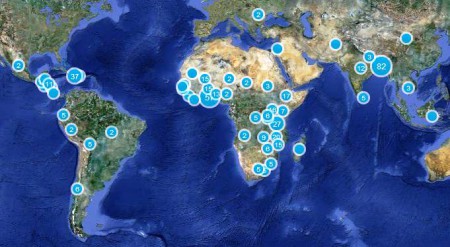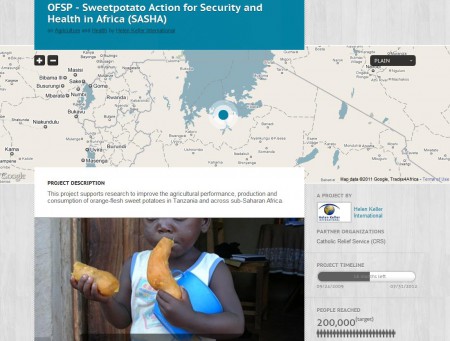Maybe it’s all the nutrition stuff going on here and at Vaviblog lately, but when I finally tried to catch up with a couple of papers from the recent special issue of the International Journal of Agricultural Sustainability on “Sustainable intensification: increasing productivity in African food and agricultural systems,” one thing struck above all else. And that was that both in the case of orange-fleshed sweet potatoes in Uganda and indigenous African vegetables in East Africa, there is still no evidence of a nutritional or health impact of adoption of that particular agrobiodiversity.
Ex ante predictions, sure. Economic impacts, plenty. Even in some cases nutritional impact of the same intervention (those orange sweet potatoes) in another place (South Africa). Maybe the impact on health and nutrition is there and just hasn’t been measured, or it has been measured but hasn’t been published yet. Or maybe it’s just too early for such an impact to have manifested itself. But when it comes to the specific agrobiodiversity cases of sweet potatoes in Uganda and traditional greens in East Africa, it seems to me that the biggest documented impact of so far has been on income.
Will someone out there set me straight? Please!
Oh, and since I’m at it, there’s a paper out by an old friend from the Pacific on a quick method of measuring some nutritional variables in sweet potatoes.


